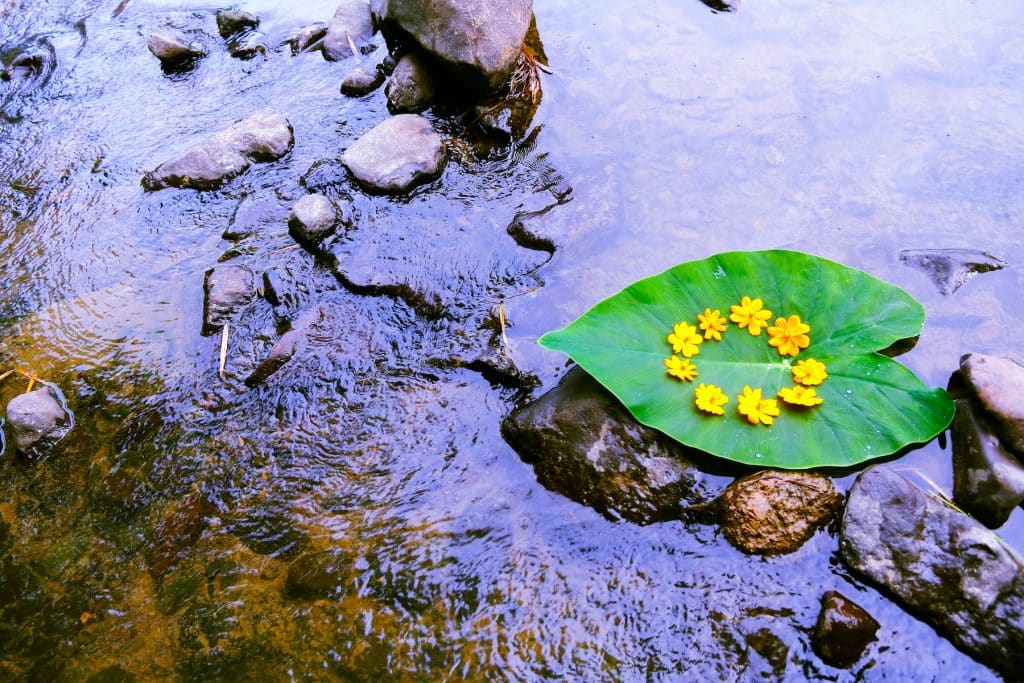5 Ways to Source Non-Toxic,
Non-Violent Materials For Your Home

Traditional methods of building or renovating a home can be extremely destructive to the environment and animals. Worse still, materials used in the home are often toxic for the humans living in these homes. If you want to renovate or spruce up your home in ways that are cruelty-free, sustainable and non-toxic, you will first have to make sure you are not relying on traditional, polluting and toxic materials during the process. You may need to work with a contractor or interior designer who has knowledge of where to source these materials and how to work with them. The process might be more time-consuming, but in the long run it will be worth it.
Did you know that most paints contain toxins and animal products?
When you are simplifying and changing the interior of your home, you should choose paints that are non-toxic. These may be a little more expensive, but they can protect your health and will be less damaging to the environment. Look for 0 or low VOC paints. VOC stands for volatile organic compounds. Volatile organic compounds are chemicals that are released by paints that can be harmful to health. When walls are freshly painted or paint is still wet, the chemicals that are released can include known carcinogens like formaldehyde and benzene.
Do you want your interior furniture to be healthy, clean, and enhance your wellness?
Home furnishings – Choose non-petrochemical, plant-based organic materials for your home furnishings or use recycled, plant-based textiles. Textiles like leather, down, fur, wool and silk are made from animal products using cruel industrial practices that harm or kill animals. They often have a terrible impact on the environment too, as toxic chemicals used in leather or fur production pollute the water. Beware of so-called cruelty-free vegan leather or other synthetic fabrics. Many of these, such as polyester and acrylic break down to plastics. Aside from the fact that oil production is destructive and contributes to global warming, fibers from these fabrics represent micro-plastics that take thousands of years to decompose and can end up in the water system causing damage to animals and the environment. The best fabrics to use in home furnishings are linens, flaxes, and cottons. Be sure you check online reviews to verify sustainability if you are buying furniture or furnishings.
How do you keep your house well insulated and energy conservative?
Insulation – Spray foam insulation is the standard in construction, but it has a devastating effect on the environment. HFCs (hydrofluorocarbons) used in foam-board and spray foam insulation replaced CFCs (chlorofluorocarbons) when CFCs were banned because of their effect on the ozone layer, but HFCs are even worse than CFCs as a greenhouse gas. When deciding on insulation you need to consider the climate you live in and the moisture resistance, fire resistance and heat trapping properties of the material used for insulation. A few eco-friendly foam insulation alternatives include hemp, stone mineral wool, cellulose and even cotton denim (don’t be tempted to try this at home!). Each of these has different properties that might be uniquely suited to where you live. Stone mineral wool can slow down the spread of fire for those living in areas at risk of wildfires, and hemp can improve air quality.
Is all wood natural and sustainably sourced?
Use sustainable wood in your home renovation project. If you can source reclaimed wood, it’s one of the best materials to use. No new trees are destroyed, and waste wood is used, which is often beautiful and unique due to its age and history.
How do you surround yourself with plants and growing flora?
Your Garden. Many garden-centers stock non-native and non-seasonal plants. Often, they sell greenhouse grown plants before it’s time for them to be grown outside, or non-native plants that don’t do well in the climate. You can garden more sustainably by asking which plants thrive well in the climate and in the soils. If a plant is an “annual,” it likely a non-native plant that won’t survive the summer or winter. Other non-local plants could need excessive watering. Instead of pesticides, you can buy natural sprays to maintain the health of plants or even make them yourself out of common household ingredients. You can even buy bug larvae online which can be released in your garden, where the bugs will help to control common pests. You can grow plants that are bee and butterfly friendly and cultivate a wildflower meadow or moss rather than a lawn. Some plants can be poisonous to local animals, pets or even children so it is always best to check if a plant is toxic before planting it.
If you are not sure where to start with sourcing environmentally materials for your home improvement, renovation or building project, you can consult our cruelty-free sustainability experts at Earth Science Design. We are here to help you with your project, whether it’s connecting with sustainable suppliers or designing your home or your space.

